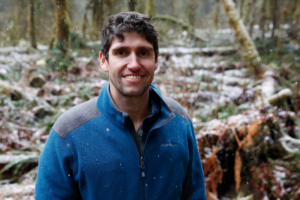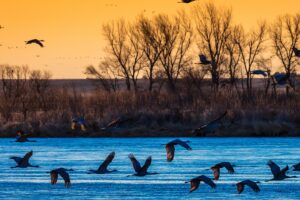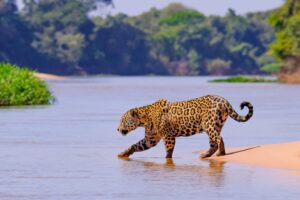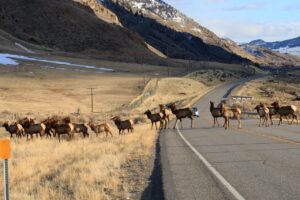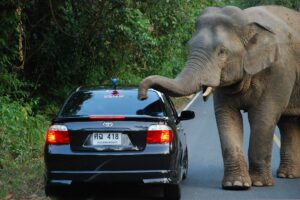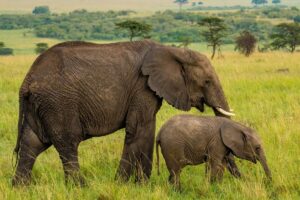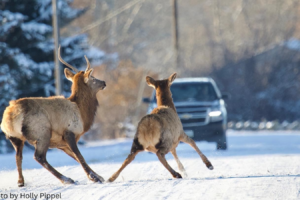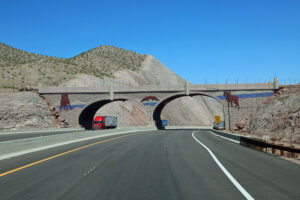The Center Sponsors Book Tour of “CROSSINGS” Author Ben Goldfarb
Back in 2013, conservation journalist Ben Goldfarb toured the Highway 93 wildlife crossings on the Flathead Reservation with crossings expert Marcel Huijser, Center road ecologist Kylie Paul, and others. Little did he know that that day in Montana would send him on a journey to learn more about this world of wildlife crossings, culminating in his literary feat, CROSSINGS: How Road Ecology Is Shaping The Future of Our Planet. Roads are an omnipresent form of travel, but most humans neglect to recognize them as an obstruction to nature’s natural processes as they bisect habitats and fragment landscapes.
